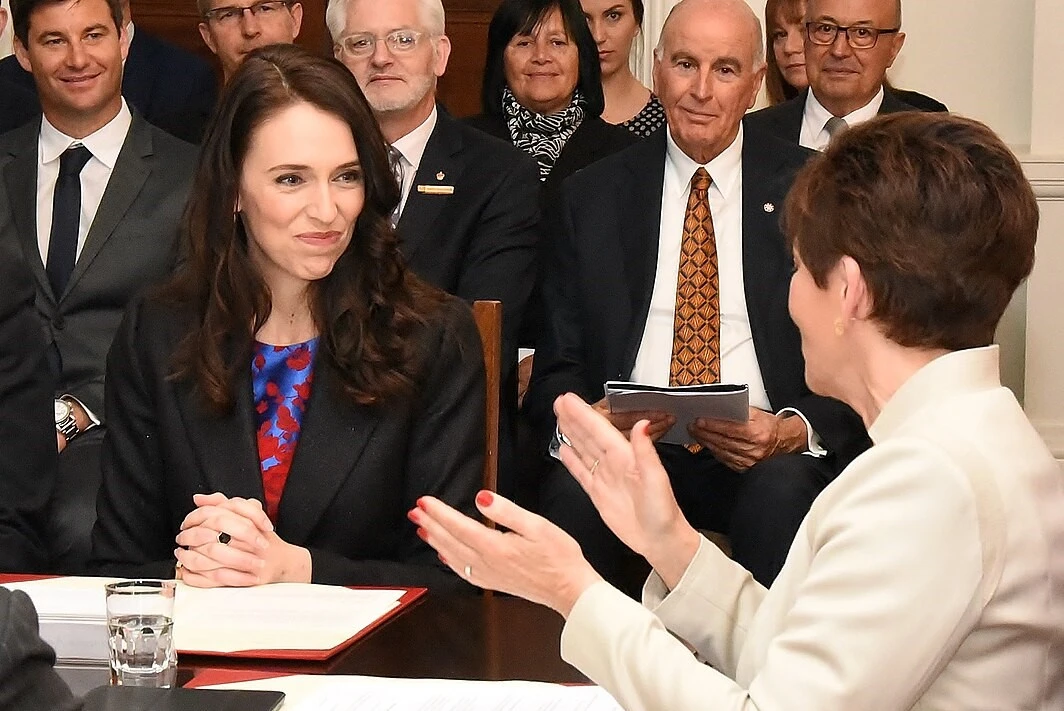What Do Women Bring to the Leadership Table?
Reflections on Early Career Gender Gaps
When I was young and starting out in my career, I was ill-informed and less conscious of the significant gender gap amid the leaders at the helm of the organisations I worked for.
Looking back however, I can clearly remember that the only time I saw a woman at the senior leadership team was generally in the role of HR director, aside from a couple of exceptions that I could count on one hand. And then, for example when a woman did step in as CEO or CFO, she was clearly outnumbered when it came to the male-female ratio at the board table.
Current State of Women in Leadership
In last week’s issue I outlined some of the issues that women have in moving up to that level within an organisation, and while we are a long way from equality in terms of gender in c-suite roles, there are some industries where the balance is healthier. For example, in healthcare, the figure is on the increase where women in the pharmacy sector globally, holding 50% of CEO roles.
Positive Impacts of Women in Leadership Roles
Interestingly, studies show that where women are in leadership, a number of other positive knock-on effects are likely to happen such as:
- More women will be employed into leadership positions
- The company culture will be healthier for both men and women alike
- The more likely a woman’s achievements are to be recognised, the more women will be promoted.
Challenges Women Face in the Workplace
I had an off the record chat last year with a HR director who advised me that it is men who are more comfortable to ask for a pay rise, and in fact went as far as saying that women diminish themselves in the workplace by not vocalising or verbalising their own achievements. That was not the first time I had heard this type of story. I am asked to behind the scenes, help and coach women to find their voice, and to speak up when it comes to demonstrating their worth, and their value and to speak with confidence about their achievements within the organisation.
Coaching Women to Find Their Voice
In the corporate work I do within organisations where I look at auditing the company culture and building solutions to bridge any gaps identified, it is 90% or more of women who open the door to me and bring me in, in the first place. Women seem to be more aware of there being ‘something off’ within the organisation and are therefore more comfortable to talk to me about what could potentially be causing the issue and most importantly, how best to fix it. Most importantly, they see this as an issue worth fixing, and one to be ignored at the peril of the organisation.
The Leadership Style of Jacinda Ardern
Jacinda Ardern, former New Zealand prime minister was known for her compassionate, empathetic yet decisive leadership style. She led the country through the pandemic and of course the horrific killings in the mosques of Christchurch during her six-year reign, which we all watched on the news. She had her second baby while in office, a daughter Neve, who was pictured in her mum’s arms at the UN General assembly, a photo that made history. Women deal with what is known as ‘maternity bias’ or ‘birth bias’ meaning that the unspoken reason why women of a certain age are not hired into certain roles or given a promotional opportunity is because that they are likely to be at childbearing age and for that reason, they may be overlooked.

Former Prime Minister Jacinda Ardern exemplifies the strength and compassion of women in leadership. Image: Governor-General of New Zealand, CC BY 4.0
The Benefits of Gender-Balanced Leadership
The reported traits that women bring to the leadership table such as empathy, agility, collaboration and an ability to coach and influence would bring a healthy balance to the male traits of drive, self-reliance and analytical prowess. It is important to stress that successful leaders of any gender can display any or all of these traits. However, a gender balance would surely lead to a more diverse experience for the workforce and have a ripple effect into the economy that is as yet, unknown.
That type of gender balance in the majority of industries, just isn’t there yet however. This means that presently, we cannot say what the world would be like where women hold 50% of the power, not to mention a world where the balance would be tipped in favour of the female population entirely. Now, there’s an idea to ponder!
For more information on fostering effective leadership within your organization, contact me directly at denise@obrienlearningsolutions.ie or book a clarity call.




